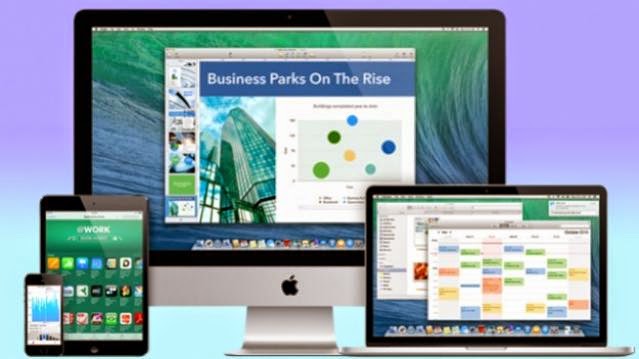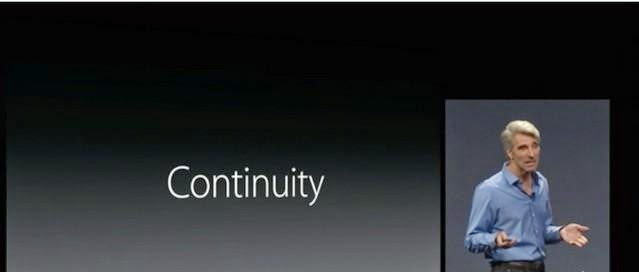Apple made some major changes to how Mac users will be using its devices. Chief among them is Continuity, which Apple sees as a magic weapon to take on Android, Windows and every other platform. There are other elements in the equation too, such as HomeKit and HealthKit, but Continuity has a certain element of wonder, at least in the way Apple showed it on stage.
Apple is touting its tightly-knit hardware-software to beat rivals. With an iPhone or iPad, and a Mac, you are pretty much free to continue work on either device, without any hassles. It’s more than about work though. For now, Apple has opened up messages, calling and Wi-Fi tethering, and in the future, it could even open up support for third-party apps, which is the logical conclusion. So iOS 8, which the critics love, and Mac OS X 10.10 are just the stepping stones and not the whole picture.
All this sounds great, if you have already invested in the ecosystem. If you have been using Macs forever and have an iPhone, Apple has you covered, but the fact still remains that you are in a bad situation if either of those elements is different. And that’s where Apple may falter.
If you have a Mac and an Android phone, you don’t get Continuity, or if you own an iPhone and prefer using Windows for work or home, then you don’t get these features either.
In a way, Apple is trying to sell two platforms with Continuity. So the price barrier becomes even greater in markets like India, where Apple’s matured market strategy has not paid off as well. In India, Android has thrived along with Windows for PCs, on the back of a whole plethora of options are varying price points. Let’s look at what it takes to get all the benefits of Continuity.
Since you can’t make calls on an iPad, the iPhone is a chief ingredient to exploit Continuity to its fullest. The cheapest iPhone in the Indian market is the iPhone 4S, but for the sake of usability, let’s pick the iPhone 5C, which is the more recent phone. The base model i.e. the recently-launched 8GB model is officially priced at Rs 37,500. Now let’s move on to the iPad; the 16GB iPad mini is available for close to Rs 21,900 officially.
When it comes to Macbooks, you can go with the Macbook Air or the Macbook Pro, depending on your display requirements. If you are going for the former, the base model is priced at Rs 65,900, while a Macbook Pro with Retina display is officially priced at Rs 99,900. If you want a home Mac, for the family, you are looking at an entry-level model priced officially at Rs 99,900.
In all, the most basic option (iPhone + iPad mini + Macbook Air) will run you up a total of Rs 1,25,300. While the full-fledged option (iPhone + iPad mini + Macbook Pro + Mac) costs a mind boggling Rs 2,59,200.
That’s a whole lot of cash to spend for the sake of Continuity. And we are not even talking about the best versions of these devices.
In contrast, a decent Android phone comparable to the iPhone 5c such as the Moto X, retails for Rs 23,999. A comparable tablet to the iPad mini i.e. the Nexus 7 (2014) starts at Rs 20,999 (close to the first-gen iPad mini’s price). When it comes to thin-and-light notebooks, the Macbook Air with Haswell inside can be compared to the new HP Envy Spectre XT, which has a similar price, though Lenovo’s IdeaPad Yoga 2 also has Haswell and matches the Air for specs and that starts retailing for under Rs 60,000. When it comes to all-in-ones, Dell’s 23-inch systems start at Rs 41,790, less than half the price of the low-end iMac.
This is, of course, nothing new; Apple devices always command a premium and but we believe Apple has pushed the one-ecosystem envelope a bit too far with Continuity. If you want to enjoy all the features of the new Apple platforms, then you have to be all-in. Continuity is great and there’s nothing like it anywhere else, but the asking price is a little too great, if you are not already immersed in the world of Macs.















